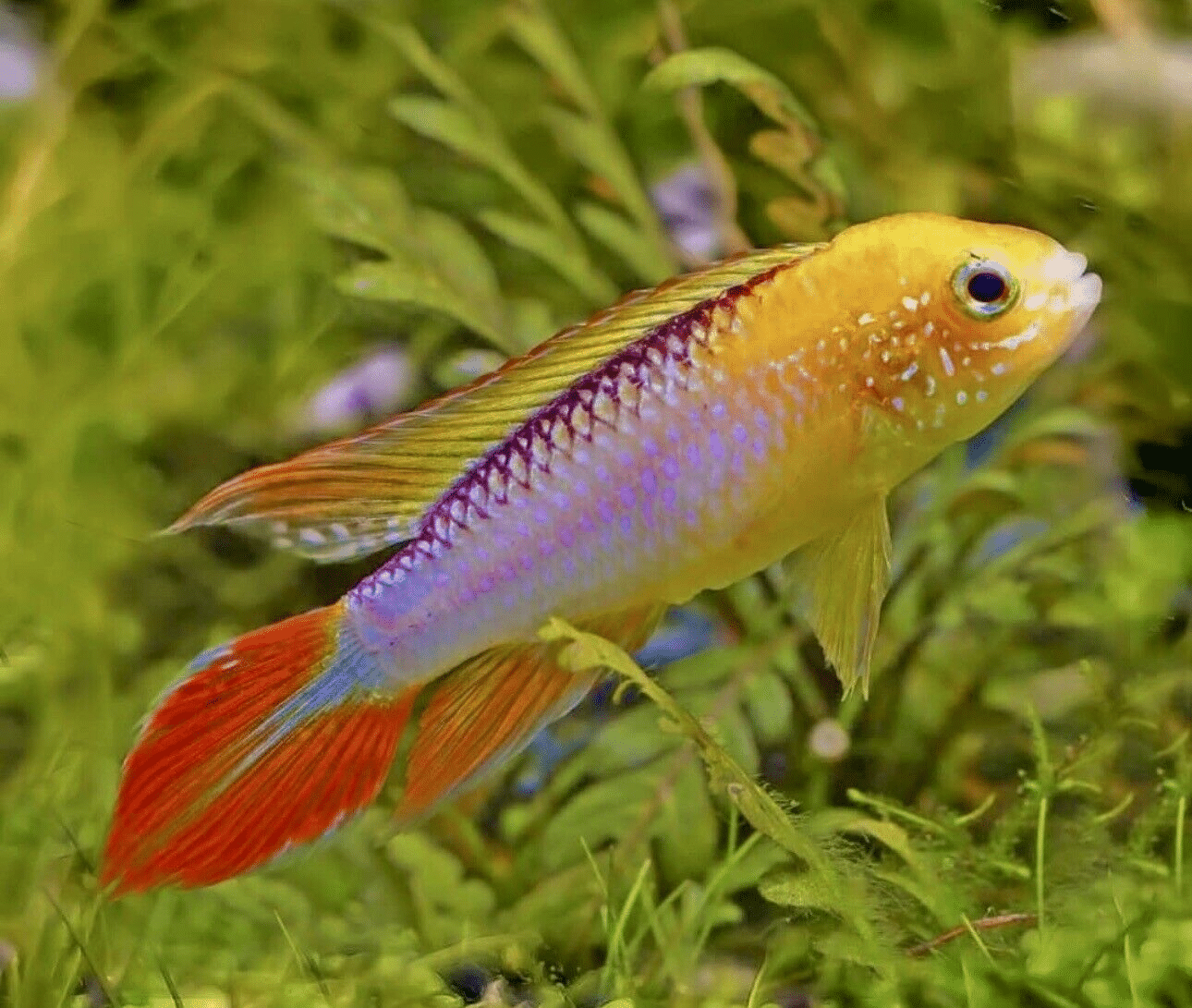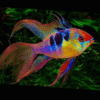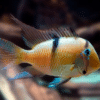To provide the best experiences, we use technologies like cookies to store and/or access device information. Consenting to these technologies will allow us to process data such as browsing behaviour or unique IDs on this site. Not consenting or withdrawing consent, may adversely affect certain features and functions.
The technical storage or access is strictly necessary for the legitimate purpose of enabling the use of a specific service explicitly requested by the subscriber or user, or for the sole purpose of carrying out the transmission of a communication over an electronic communications network.
The technical storage or access is necessary for the legitimate purpose of storing preferences that are not requested by the subscriber or user.
The technical storage or access that is used exclusively for statistical purposes.
The technical storage or access that is used exclusively for anonymous statistical purposes. Without a subpoena, voluntary compliance on the part of your Internet Service Provider, or additional records from a third party, information stored or retrieved for this purpose alone cannot usually be used to identify you.
The technical storage or access is required to create user profiles to send advertising, or to track the user on a website or across several websites for similar marketing purposes.















Emily Carter (verified owner) –
As a passionate aquarium hobbyist, I can’t express enough how much I adore my Apistogramma Fire Red Agassiz Dwarf Cichlids! After keeping them for about two months now, I’ve witnessed their vibrant colors and playful behavior truly light up my tank. They thrive in my planted 20-gallon aquarium, showcasing stunning red and orange hues that are just mesmerizing to watch.
Compared to other dwarf cichlids I’ve kept, their temperament is much more engaging, and I love how they interact with each other and explore their environment. I initially worried about their nutrition, but I’ve been feeding them high-quality pellets and occasional frozen foods, and they’ve been thriving since!
The only minor concern I’ve had is that they can be a bit shy at first, so providing plenty of hiding spots really helps them feel secure. I highly recommend these fish for anyone looking to add some personality to their aquarium. They’re perfect for both beginner and experienced aquarists who want to observe unique behaviors and stunning colors. Honestly, I can’t wait to expand my collection!
Jessica Martin (verified owner) –
I recently added the Apistogramma Fire Red Agassiz Dwarf Cichlid to my tank, and it’s been an absolute delight! These little beauties have such vivid red colors that truly stand out amidst the greenery of my aquarium. After about two months of keeping them, I’ve noticed not only their vibrant appearance but also their peaceful demeanor. They get along well with my other tropical fish, making them a perfect choice for a community tank.
I’ve been feeding them high-quality cichlid food, and they seem to thrive on it, showing great health and activity. I particularly appreciate that they aren’t overly aggressive, which is a common concern with cichlids. My only minor issue has been with some fin nipping, but that has been minimal and manageable.
If you’re looking for an eye-catching yet gentle fish, I highly recommend these dwarf cichlids! They bring so much personality to the tank and are ideal for beginner and seasoned aquarists alike. Just ensure your tank has plenty of hiding spots for them to feel secure; they love that! Overall, I’m thrilled with my purchase and would definitely buy again!